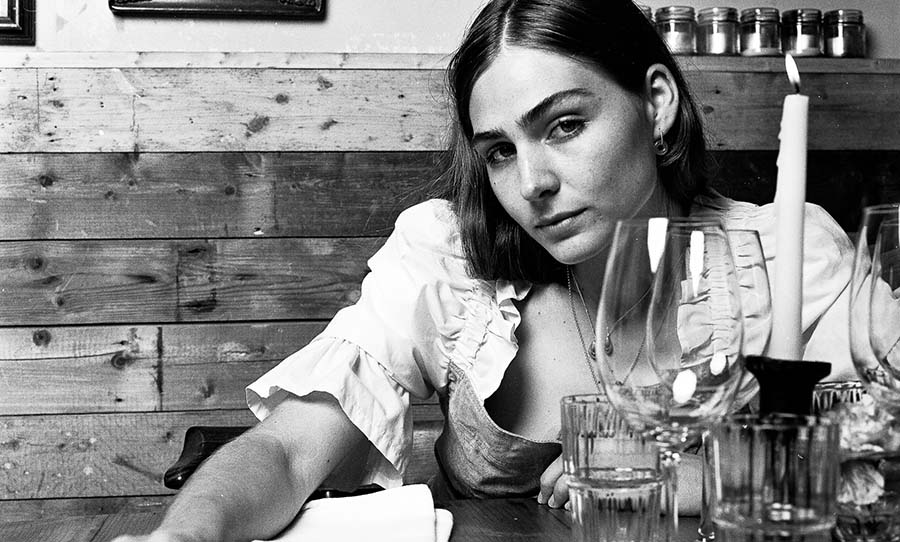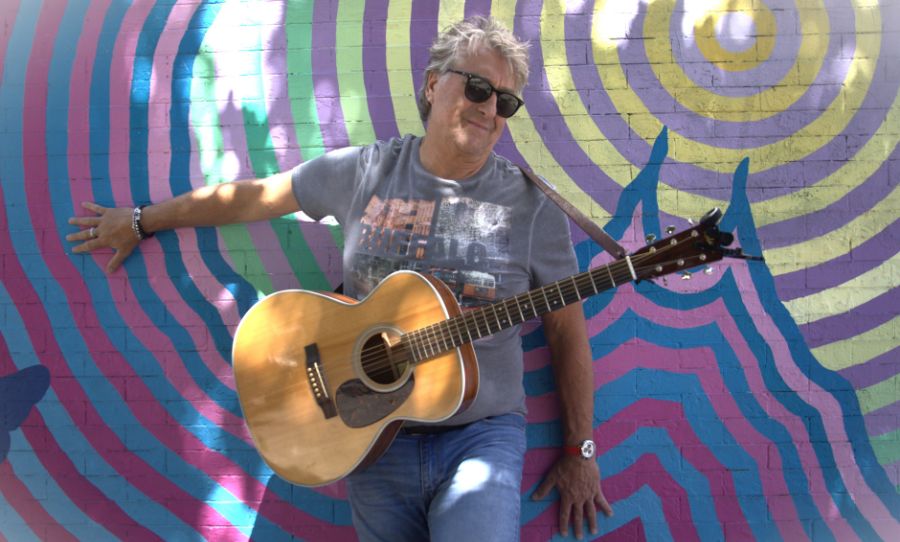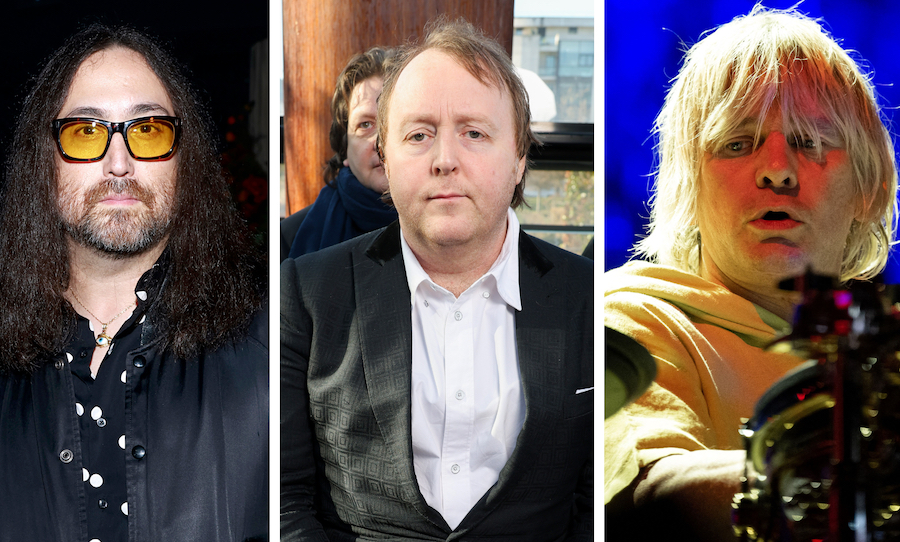With only one full-length album under her belt, Clea has quickly developed a sound that’s not quite like any other pop music making the rounds. With sweeping instrumental arrangements and hypnotic vocal hooks, her debut offering—Vermillion—was one of our favourite records of last year.
So recently, while she was in Sydney touring the album, we caught up to chat about how it came together, the visual side of her music, and what we can expect from album number two.
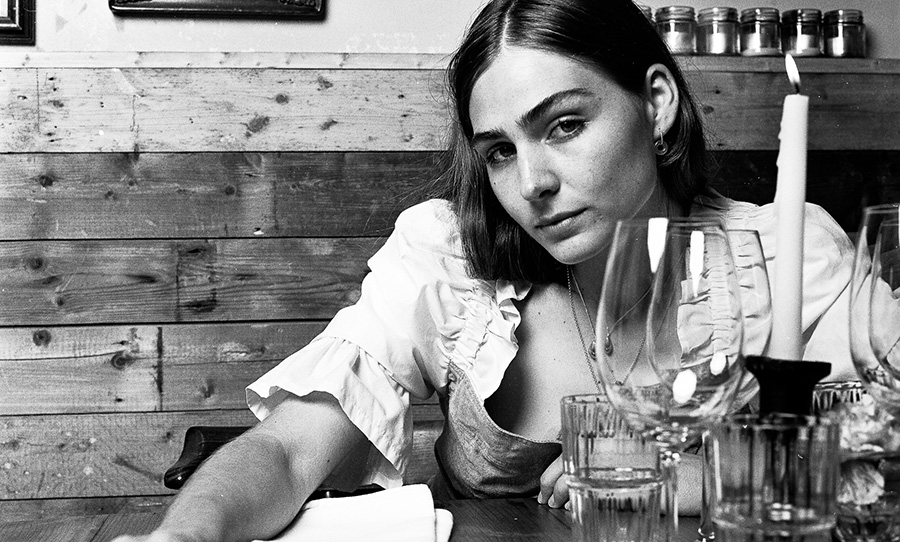
“There seems to be this pressure of having a great first album, but for me, I really don’t believe that. I think your first album should be your worst album.“
HAPPY: It’s been a few months now, but congrats on getting the album out. It’s really great.
CLEA: Thank you so much.
HAPPY: The way I hear artists talk about albums, is that when they’re writing and recording it, it’s theirs, but as soon as they release it, it no longer belongs to them.
CLEA: Yep.
HAPPY: So you felt this way?
CLEA: Absolutely. I think because you’re with the songs so early on, and you know the album so well, it’s really nice to let it go. It’s really good to let it go, and then automatically my mind goes back to writing and recording.

HAPPY: You didn’t struggle at all with that process of letting your album go?
CLEA: No, no. I’m just so happy to have it out. I think the most important part is the process of creating, so being able to move onto the next thing once it’s out is really good for me.
HAPPY: When you were writing and recording this album, was the reception to it ever a consideration?
CLEA: Well, it’s such a fickle industry, so you never know how it’s going to be perceived. But for me, I’ve got the resources to just get back into it, and continue to do what I love, which is making music.
HAPPY: So you’ve started the next album?
CLEA: Sure have.
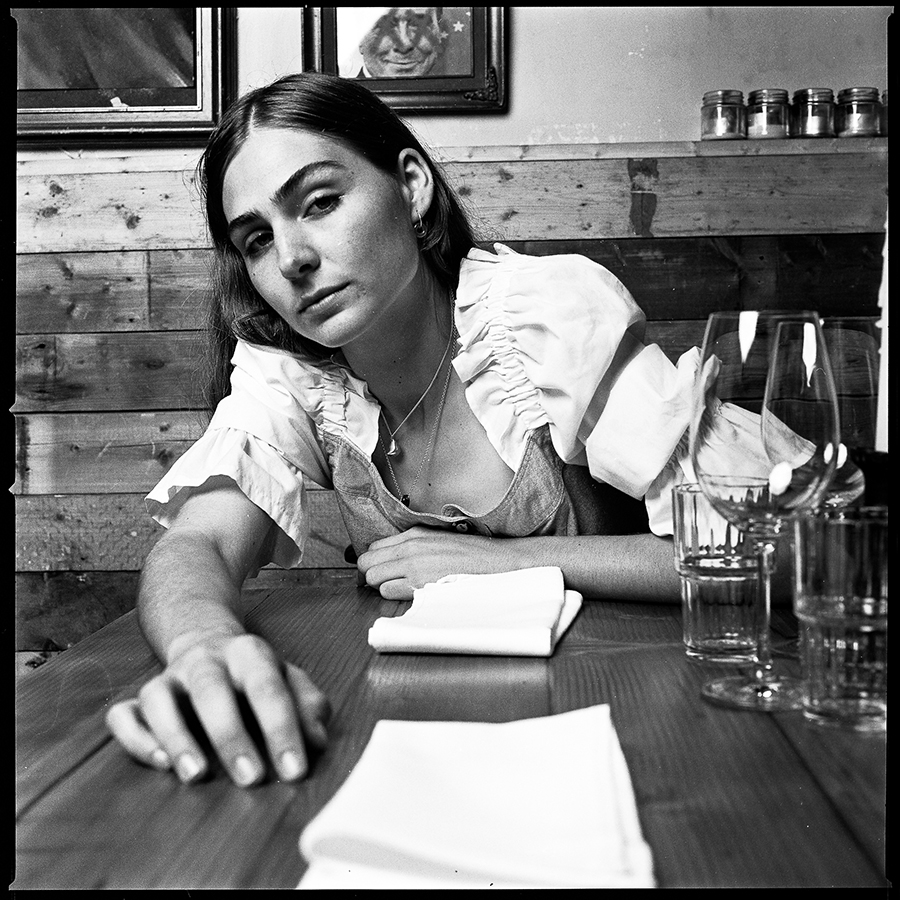
HAPPY: I’m assuming you’re still in the early stages of writing… have you approached it differently at all this time around?
CLEA: Yeah, absolutely. You just learn so much. I did the EP, where we didn’t really have one place where we could record… but on the album, we had one space. So having that comfort of knowing where you’re going to go, and understanding my process, it all comes from practice. So now, I’ve kind of done the basics, so I can kind of take it up a notch. I can get a little more experimental.
HAPPY: The debut album was kind of like laying the groundwork…
CLEA: Yeah exactly. There seems to be this pressure of having a great first album, but for me, I really don’t believe that. I think your first album should be your worst album. Whenever I think of my favourite artists, their first album is never their best. It puts the floor down, and then you get better from there.
HAPPY: When you talk about having “one place,” is this just in terms of recording? Or writing too?
CLEA: Yeah, recording. So Ali, who I recorded with, his dad owns a farm on the scenic rim, which is this amazing area in Queensland. It’s kind of like a weekender, it’s vacant all the time, so we slowly started to build a studio. He got a bit tired of going to studios and paying all this money for something he didn’t genuinely like. So he decided he was done with that and learned to produce. So I get the benefits of that, which is amazing. We got to take our time writing and recording, which is so important.
HAPPY: With the time constraints, I can imagine it’d be pretty difficult working without any deadlines. Did you have to set yourself deadlines to get stuff done?
CLEA: Yeah, definitely. It’s like working for yourself. You’ve got to have routine. Deadlines are definitely important, otherwise you can tinker at it forever.
HAPPY: And you’re recording at the same place for the next album?
CLEA: Yep.

HAPPY: Personally, I’ve never been to the scenic rim, but from what I’ve seen, it looks really incredible.
CLEA: Yeah, it’s a bit of a hidden gem. It’s not the kind of place anyone would just go to visit, but it’s amazing. At the moment it’s very dry, there’s been no rain in Queensland.
HAPPY: From the pictures I’ve seen it looks really green, but maybe not so much anymore?
CLEA: Yeah, well when we were recording it was so lush. It was this time last year, and it was pouring down. But it’s still very beautiful.
HAPPY: Aside from being able to take your time, do you think that the scenery of that location had an effect on the sound of the album?
CLEA: Yeah, well we could be louder. Going to an isolated place to write music genuinely helps. Of course, you can still be in a box in the city and still create great music, but it’s so nice being in an expansive environment and being able to look out and see all this beautiful nature. There’s something to that for sure.

HAPPY: On the writing side of things, do you have a specific space where you like to write?
CLEA: No, writing is definitely more chaotic. It’s very sporadic. I find it hard to go somewhere and say “alright, we’re writing now.” However, I do want to try and do that a bit more this time around. I’d really like to collaborate with artists that I love in Australia, because I haven’t really done much of that. Collaboration is everything. But when I write, it’s a moment when I’m feeling inspired.
HAPPY: How far into the next album are you?
CLEA: Yeah, we’re still writing. But I’ve got a general sense of it, which is good. Once we get a sense for the sound of an album, everything else just flows. I’m kind of hoping for an album a year. That might not be possible, but that’s what we’ll aim for. We have no excuses. If The Beatles can do it every three months, so can we. Obviously they were The Beatles, and they had a lot of people behind them that allowed them to do that, but I’ve got a studio at my fingertips, and an amazing producer who happens to be my boyfriend.

HAPPY: You mentioned that now the first album’s done, you can be a bit more experimental. In what ways are you experimenting?
CLEA: Yeah, I’ve definitely thought about this, but I’m not sure how to put it into words. Maybe in terms of rhythm… I’m experimenting a lot more with percussion. It’s already very orchestral. When I look at my favourite songs and favourite artists, it’s always very orchestral. So for me, it’s about creating that very emotional kind of sound. There are a lot of strings, but with a rough beat behind it as well. I’m also leaning back a bit more into folk. I’d never classify myself as a folk artist, and I was initially quite scared of being pigeonholed as that. But now, I think I’m not as scared of that, because that is where a lot of my strengths lie. I think I get a bit scared of it because I think it’s really hard for acoustic folk artists in Australia to make it. We seem to like a lot more rocky, accessible music.
HAPPY: Do you think your experimental pop sound came as a reaction to the ‘folk’ pigeonhole?
CLEA: I’ve never really said it, but probably yeah. I just don’t like the whole genre thing. I find it really difficult to answer when people ask me what genre I am. I just write music, and then create a nice instrumental bed for it. I find that in this day and age, you really have to try and be something that’s easily accessible, but I think my music’s a bit more slow-burning. It’s for people that, hopefully, will be listening for a long time. Already in the album, it is kind of experimental – it’s pop and there’s an acoustic song in there. I want to keep doing that.
HAPPY: It’s cool that you’re already thinking about the span of your career, and the people who are going to be there for the long run.
CLEA: Yeah, I think you have to. Especially because the music industry can be really difficult. You’ve got to be able to say “this is what I’m aiming for.” I’m going to keep doing this because I couldn’t do anything else. Hopefully I can make a career out of it.
HAPPY: I want to talk about the visual side of your music, because everything you put out always seems so considered. Did you always recognise the importance of visuals?
CLEA: Yeah, visuals are a huge part of it for me. Visuals, for me, are everything. I’ve always been interested in photography and film, so I’m going to use this as a platform for that. For me, film is so important, and I feel like I’ve found my medium through film. We did the Right Way video and Cool Days on 16mm film. It’s such a good process. It’s so quick, and then it comes out this beautiful quality. You really can’t get that any other way. I feel like we’re losing touch with everything becoming digital. And I think the moment the album became real for me was when we got vinyl. So yeah, visuals are sometimes just as important as the music.
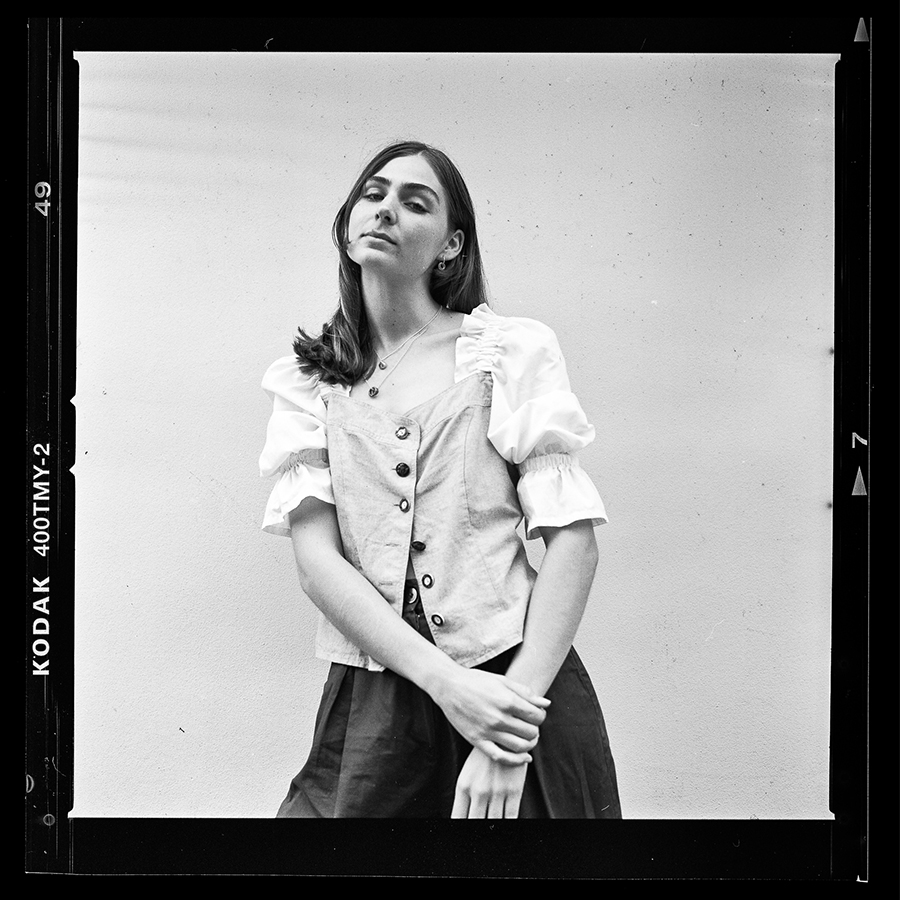
HAPPY: Finally, why Vermillion? What does that colour represent to you?
CLEA: I’ve always been attracted to a deep red. It’s so dense, and it’s my favourite colour. It’s so weird, I remember this really specific moment from when I was in kindergarten, and there were a bunch of texters on the table in a little cup, and I saw red and decided that was my favourite colour. It still is. It’s so rich. For me, it was this resemblance of fire – it’s large and intense, but ultimately it turns into ash. This album was filled with a lot of feeling about entering into adulthood, and it really captured a specific time in my life. I wanted to capture the whole thing in this colour, my favourite colour. The colour holds it all together.
Vermillion is available now. Listen here.
